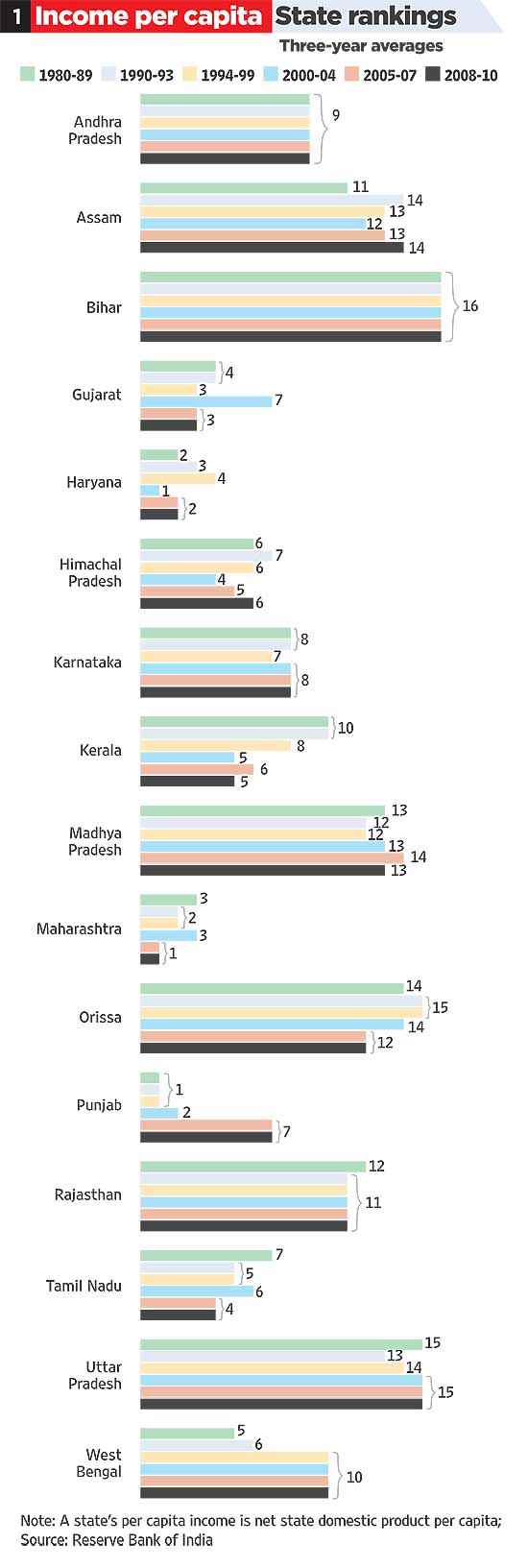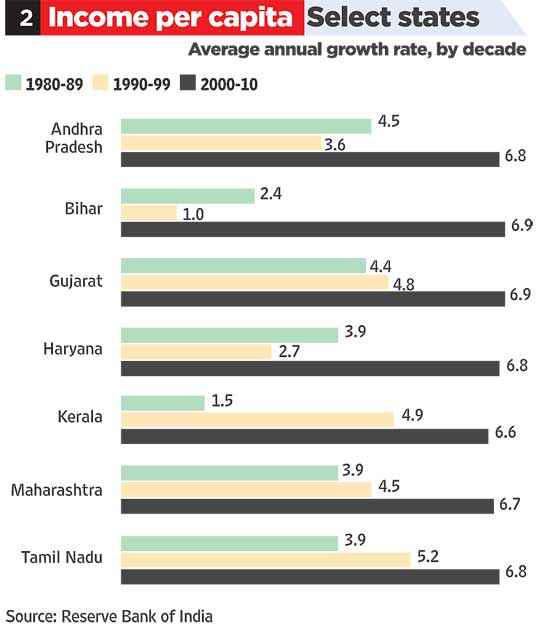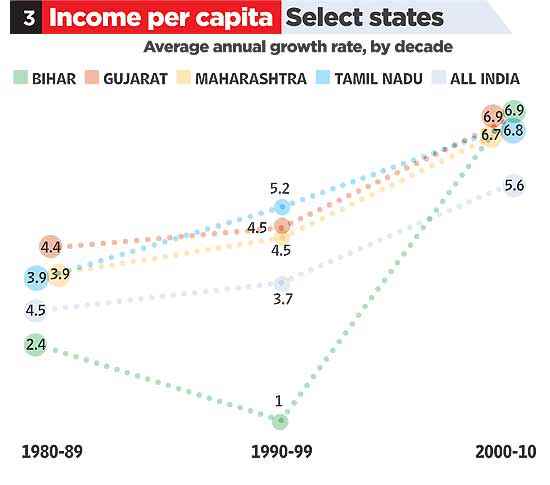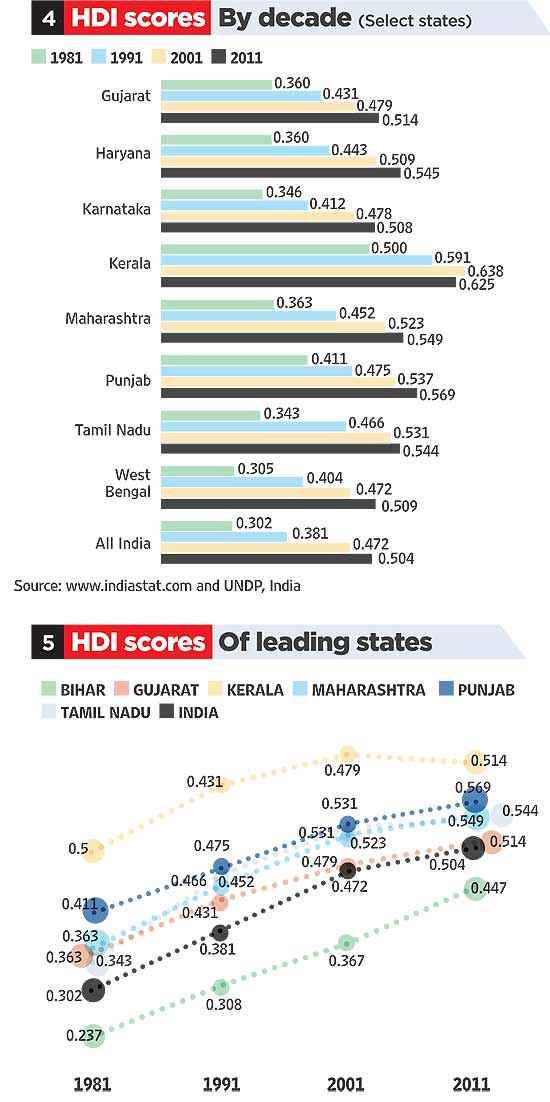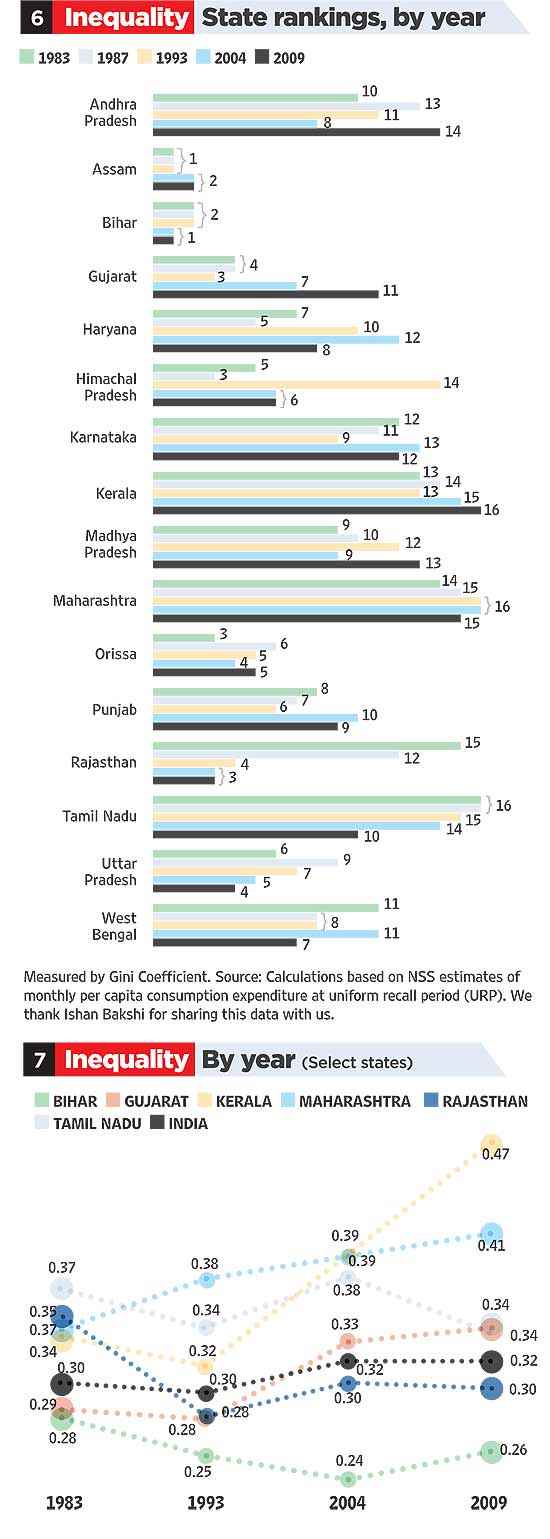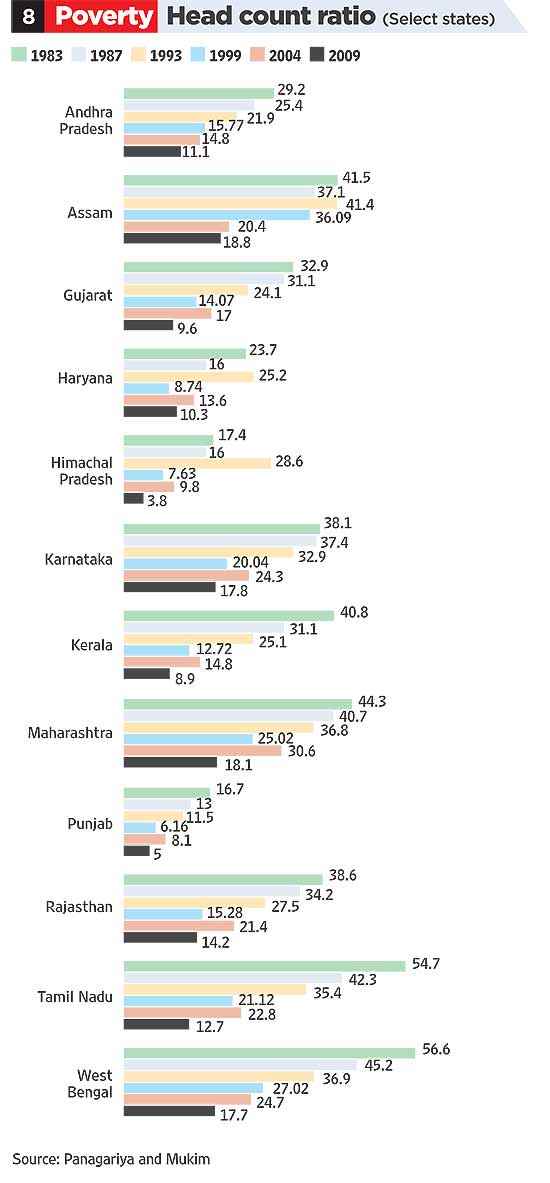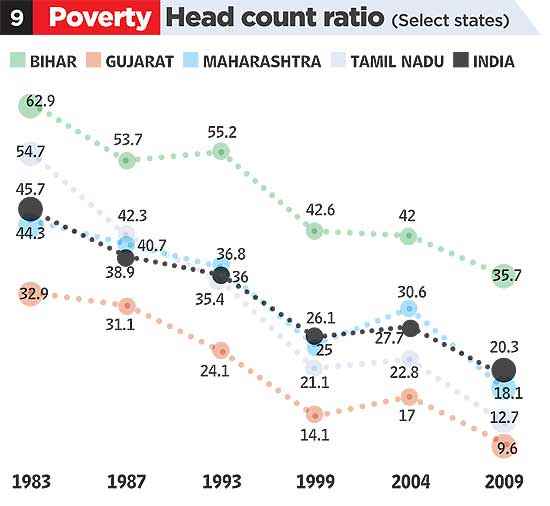
Don Bradman: maintained a clear mind on his way to a mind-boggling batting average © Getty Images
Mind and body are undoubtedly connected, go hand in hand. I looked at the importance of footwork in batting last week; that leaves the more intangible, more controversial, mindwork to look at.
Of all the sports I have attempted to play - tennis, golf, rugby, soccer, and many others - the greatest challenge of all, I believe, is that of batting in cricket, where one ball can be enough to end the contest. One lousy ball.
It is this mental challenge of dealing with one ball at a time, knowing one mistake and it's over, that is the focus of this piece.
----Also by Martin Crowe
-----
When it comes to batting, which is based on reacting to the release of a ball by a bowler, the mind is on full alert. At the moment the ball is released, the eyes start feeding the brain, which then directs the body to respond, all in a split second.
Succeeding at Test cricket over a reasonable period is not a thing you can fluke. Realistically, at some stage in a career, the batting mind-body challenge will get you. It can play with your thinking, and mess with your responses, resulting in a failure to move properly causing the runs to dry up.
I will assess the mindsets of two batsmen I have studied over time - Don Bradman and Sachin Tendulkar, two positive examples - and my own.
Bradman had the greatest record and legacy of all batsmen. His footwork became legendary and influential for generations to come, but it was surely his mind and his ability to clear his thoughts away that was his greatest attribute. Bradman, there is no doubt, became a misunderstood human being, especially by team-mates who stood shoulder to shoulder with him. They couldn't work out the mechanics of his mind, nor his beliefs and ability to perform beyond the norm, and some of them became envious of his record-breaking run-making.
Bradman was brought up in rural New South Wales, where much of his upbringing was spent playing out by the back of the house, on his own, hitting a golf ball against a water tank with a single stump. When he joined the higher ranks at a young age, he took with him a single-mindedness and a natural naivete. As he began to taste more worldly experiences on his travels, his mind stayed true to his dreams. He only wanted to bat. And the only way he knew how to do that was to trust his conditioning, his beliefs and his thoughts. He saw the ball and moved accordingly.
Bradman was a private, single-minded man. He didn't drink, smoke, or really socialise much during his playing days, unlike those he played with. He was different and he quickly became alienated due to his unexampled existence.
In a recent address at Lord's, his son John shared writings from his father's diary, in particular to do with the first few weeks of the 1930 England tour, when Bradman played outside Australia for the first time. After a long boat trip, during which he often lay sick in his bed, he stepped out on to the Nursery at Lord's to prepare for the long five-month tour.
Bradman had only a couple of nets to acclimatise before walking out to bat in Worcester for the opening match. In fresh, green, bowler-friendly conditions, he scored 236 in under five hours. For a 21-year-old it was an extraordinary innings, given it was his first outside of his homeland. It was a clear precursor to the mesmeric run of form to come throughout that unprecedented summer. In essence, no matter what the conditions, his thinking was sharp and focused; he saw the ball, reacted and moved accordingly, and that fearless mindset never left him. For one with no experience whatsoever in foreign conditions, it was a breathtaking performance.
Despite the accolades and the expectation that grew from innings to innings, Bradman remained grounded and resilient. He never deviated from the original day-to-day thinking of his upbringing. He was not tempted to break out and let his hair down, on or off the field; instead, much to the annoyance of some of his more outgoing team-mates, he kept his eye on the ball. No innings meant more than the one he was about to play, no matter the size of the last score he had made. Unemotionally he moved from one match to the next with a consistent hunger to express his art. It was unrivalled thinking.
Bradman prepared for matches by attending musical shows. His favourite to watch was opera singer Dame Nellie Melba. The night before his monumental 254 in the second Test on that tour, at Lord's, in his words the greatest innings of his life, he was inspired by Dame Nellie's performance. For Don, it appeared music and cricket went together; the footwork his movement to the beat. He danced at the crease like no other, because in his mind he heard the sound of the moment. It steadied him mentally for the body to exert wondrous movement.
| | | |
|
| Fear of getting out is really an illusion, a negative thought with feeling added to it, about past failures and / or future ones. It needn't be there at all. The fact is, you will get out, so there is no need to fear it |
|
| | |
|
Bradman had the advantage of only playing in two countries throughout his Test career, England and Australia. It meant he never had the mental and physical burden of travelling and coping, especially with problems to do with health, in more foreign lands. His overall average would have dropped perhaps a little, had he played in more places, but probably not by much. The point is that he stuck to his beliefs, he maintained a clear mind, and even at the age of 40 his mental aptitude was astonishing as it adjusted to the natural slowing down of a body and an immune system that had been tested enough. Only Bodyline in 1932-33 affected his psyche somewhat, as it actually threatened life and limb. Without question, Bradman had the greatest mind of them all.
Next to him on that scale would be Tendulkar. To endure 24 years, in all parts of the globe, against all measure of bowlers, under epic expectations, with the distraction of three different formats, required a mind that simply had to be strong and resilient to succeed. He never buckled for any period. Sure, he had rare moments of despair, but the quickness with which he bounced back with a clear mind, fleet of foot, to notch another century, was his hallmark.
Tendulkar, from the age of 16, spent his first 21 Tests playing away from home, bar one. He learnt quickly to absorb and adjust, and cement a mindset that would serve him unwaveringly for a staggeringly long time.
Expectation gone wrong is a mind-killer. The adoration he received on a daily basis would have worn him down at times, yet he always responded with a smile, a graciousness, a humility pure and natural. His mind, from an early age, was fuelled with love for the game, love for his father's wisdom and advice, and his thoughts flowed with positivity and assuredness. If you wondered how he played so calmly, so fluently and so straight, given the weight of expectation, it was because his mind never strayed from the humility he breathed, and the mindfulness, that acute awareness, of where his genius came from. Tendulkar was a centred soul, spiritually aligned, and he breathed a tranquility and stillness, a trait displayed by the wise sages.
From my own perspective, my mind was often filled with thoughts, coupled with underdeveloped emotions. It wasn't a great mix in which to take on the art of batting at the top level. My footwork was sure and a priority, yet I quickly realised that footwork and mindwork go hand in glove. I needed some mental crutches and so I sought out the new phenomenon of sports psychology to deal with an overflow of desultory musing.
I learnt techniques of visualisation, of playing the future out in the mind first, using pictures. I learnt concentration - turning on and off to conserve energy, and encouraging a fierce focus for each ball for five-second periods. I tried removing negatives with Bruce Lee tips, imagined screwing an imaginary piece of paper up with my hand, tried to stay in the now by activating one of the five senses in between balls.
Most of all, I learnt to repeat affirmations one after the other ("Head still, head still, watch the ball, watch the ball"), slowly and deliberately, to block out any unforeseen random thought ("What if I get out?") that might jump into my head and trip me up again. Yet using these techniques was akin to a lost man trying to find his way to safety.
I learnt to remove emotion, by forcing my body language so strongly as to bluff the opposition that I was "on" on any given day, in the zone. Faking it until I made it helped overcome confidence lapses. I sought help from those who could help me calm down. I never engaged in gamesmanship, in sledging.
Overall, the mindwork I did proved exhausting - having to disguise a contaminated flow of thoughts. Not surprisingly, the lack of natural positive thinking, of authenticity, got me in the end. Ten years of "performed" mind control was my limit.
The key, from what I have learnt, from what I now believe, is that no matter your experiences and circumstances, your reality is in the present moment - what you are living in the feeling of your thinking in the present moment. That's your truest reality. It is not the memory of what went before, or the concern of what may come in the future, that is real. In batting, it is the clear-minded thinking of watching and moving to the present ball being bowled that is real.
I realise also that visualisation worked only when I was truly in the moment of seeing images of me thinking and batting positively. It prepared me for the event to come. When it came together, like at Lord's in 1994, when I was well prepared from visualising positively, then I easily settled into thinking and batting positively in the present. It worked, but it couldn't be sustained.
Fear of getting out is really an illusion, a negative thought with feeling added to it, about past failures and / or future ones. It needn't be there at all. The fact is, you will get out, so there is no need to fear it; simply delay the inevitable for as long as possible.
You can succeed if you clear away everything that's not to do with the present moment, the next ball, if you remove old baggage or concern about what might happen in time. Just think about watching the ball leave the bowler's hand. That's it.
Simplicity.
That is what Bradman and Tendulkar did. During their teenage years they developed a resilience about keeping their minds present and consistent. That age is a key time of one's thought development. They mastered the moments. They didn't get confused. They went from one ball to the other, one match to another, exploring its possibility and expressing their own potential, and that's why they went on and on at such a high level.
Perhaps Mahatma Gandhi says it best. "A man is but the product of his thoughts. What he thinks, he becomes."
 TFT Issue: 21 Mar 2014
TFT Issue: 21 Mar 2014 TFT Issue: 21 Mar 2014
TFT Issue: 21 Mar 2014
